BCR 201: Eleanor Jones Harvey, Alexander von Humboldt and the United States
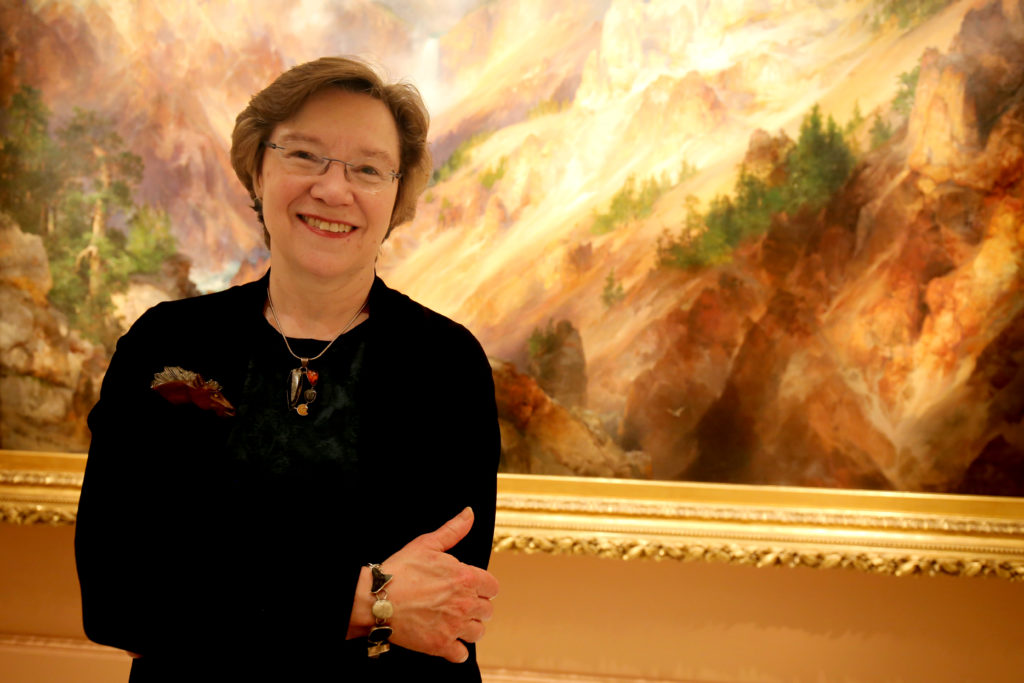
Dr. Eleanor Jones Harvey is senior curator at the Smithsonian American Art Museum. Courtesy of the Smithsonian American Art Museum, photo by ©Libby Weiler.
Eleanor Jones Harvey is senior curator at the Smithsonian American Art Museum. She earned her Ph.D. in the history of art from Yale University. Her last project was the award-winning exhibition and book from 2012, The Civil War and American Art. Her current exhibition and book project explores the considerable impact of Alexander von Humboldt on American art and culture in this newly anticipated book “Alexander von Humboldt and the United States Art, Nature, and Culture”. This book is in collaboration with Smithsonian American Art Museum within The Smithsonian Institution in Washington, DC; Published by Princeton University Press, Princeton and Oxford.
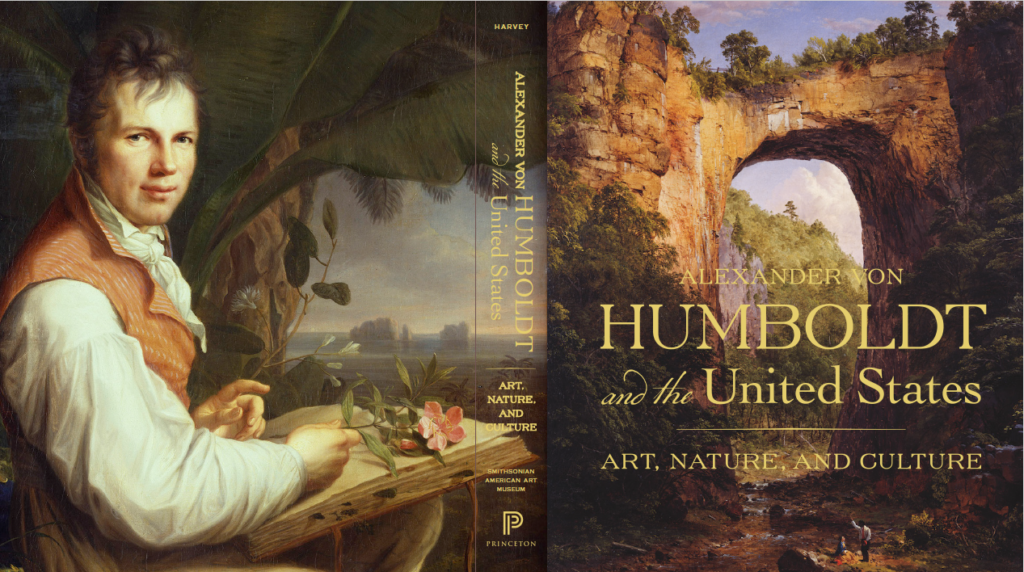
Book Cover Art: L. Back Cover; Friedrich Georg Weitsch, Portrait of Alexander von Humboldt (1769–1859), 1806, oil on canvas, 49 5/8 x 36 3/8 in., Staatliche Museen zu Berlin, Nationalgalerie, Photo: bpk Bildagentur / Nationalgalerie, Staatliche Museen, Berlin, Germany / Klaus Goeken / Art Resource, NY. R. Front Cover Art: Frederic Edwin Church, The Natural Bridge, Virginia, 1852, oil on canvas, 28 x 23 in. The Fralin Museum of Art at the University of Virginia, Gift of Thomas Fortune Ryan.
Let me start off by saying that this is simply an astonishing book. The depth of research, the meticulous documentation and scope of the included art and first hand accounts, impress the reader at every page turn. This is not a quick read, it will have place of honor in our household and undoubtedly be revisited time and time again. The very foundations of American scientific thought are investigated here and our laid out for all to understand. I fear that our time spent here in our conversation today will only hint at the scope and hopefully whet one’s appetite to secure their copy and, when the exhibit that is based on this work finally opens, visit it too.
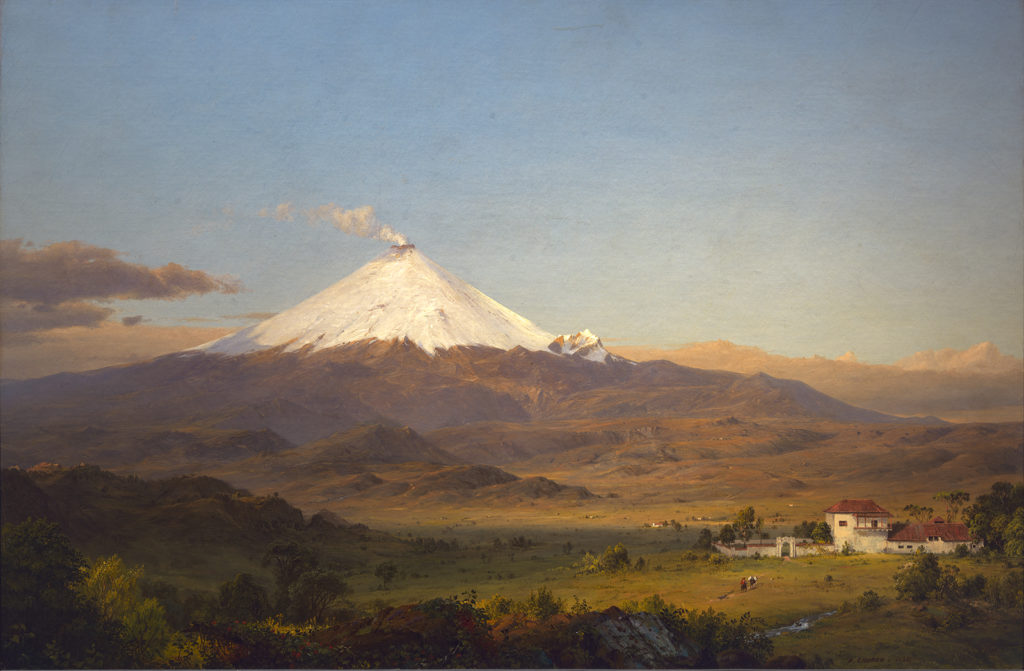
Cat. 91 Frederic Edwin Church, Cotopaxi, 1855, oil on canvas, 28 x 42 in., Smithsonian American Art Museum, Gift of Mrs. Frank R. McCoy, 1965.12, Photo by Gene Young. Courtesy of the Smithsonian American Art Museum.
Book Page above 336
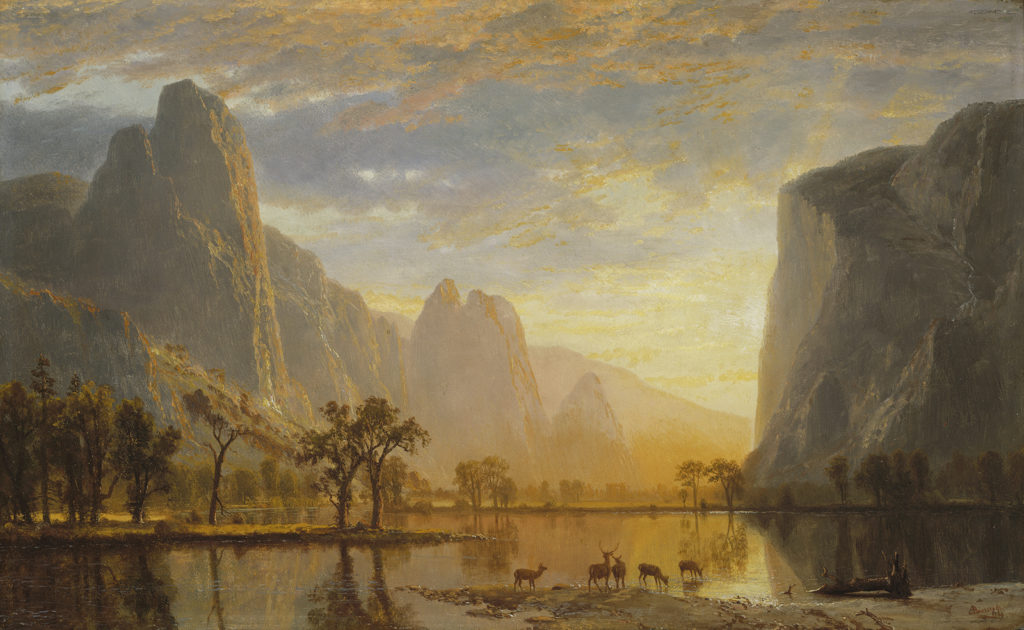
Cat. 55 Albert Bierstadt, Valley of the Yosemite, 1864, oil on paperboard, 11 7/8 x 19 1/4 in., Museum of Fine Arts, Boston, Gift of Martha C. Karolik for the M. and M. Karolik Collection of American Paintings, 1815–1865, 47.1236, Photograph © 2020 Museum of Fine Arts, Boston. Courtesy of the Smithsonian American Art Museum.
Book Page above 254
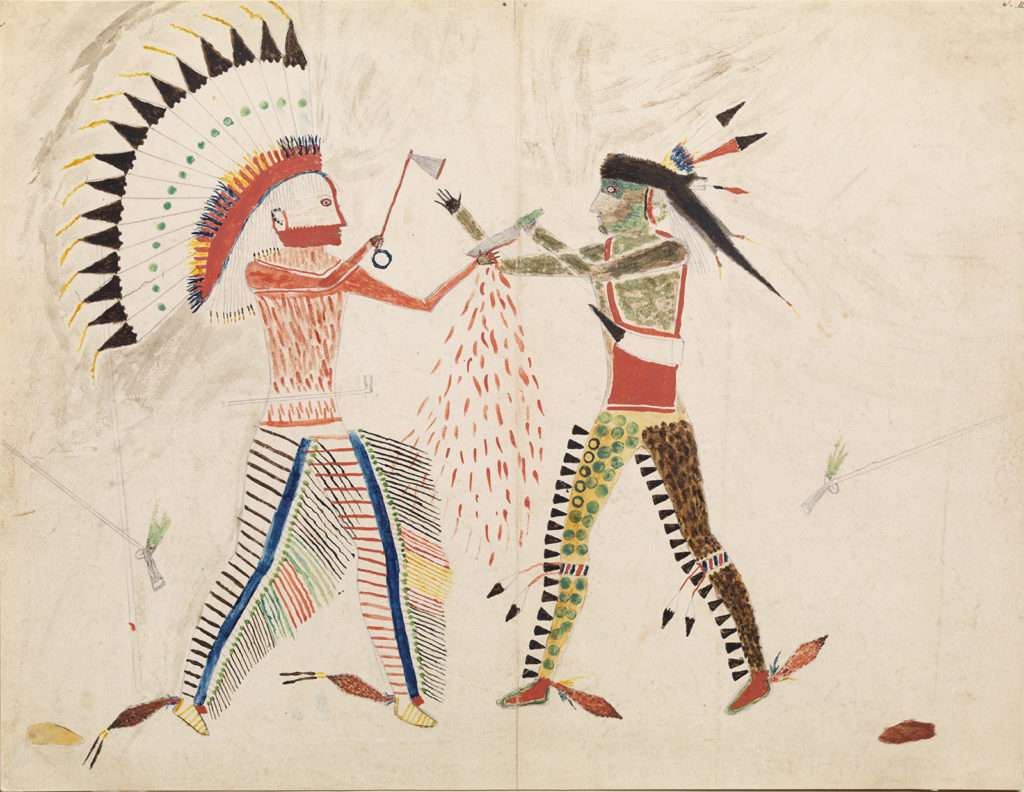
Cat. 63 Mató-Tópe, Battle with a Cheyenne Chief, 1834, watercolor and pencil on paper, 12 3/8 x 15 3/8 in., Joslyn Art Museum, Omaha, Nebraska, Gift of the Enron Art Foundation, 1986.49.384, Photograph © Bruce M. White, 2019. Courtesy of the Smithsonian American Art Museum.
Book Pages above 271 and below 140, 411
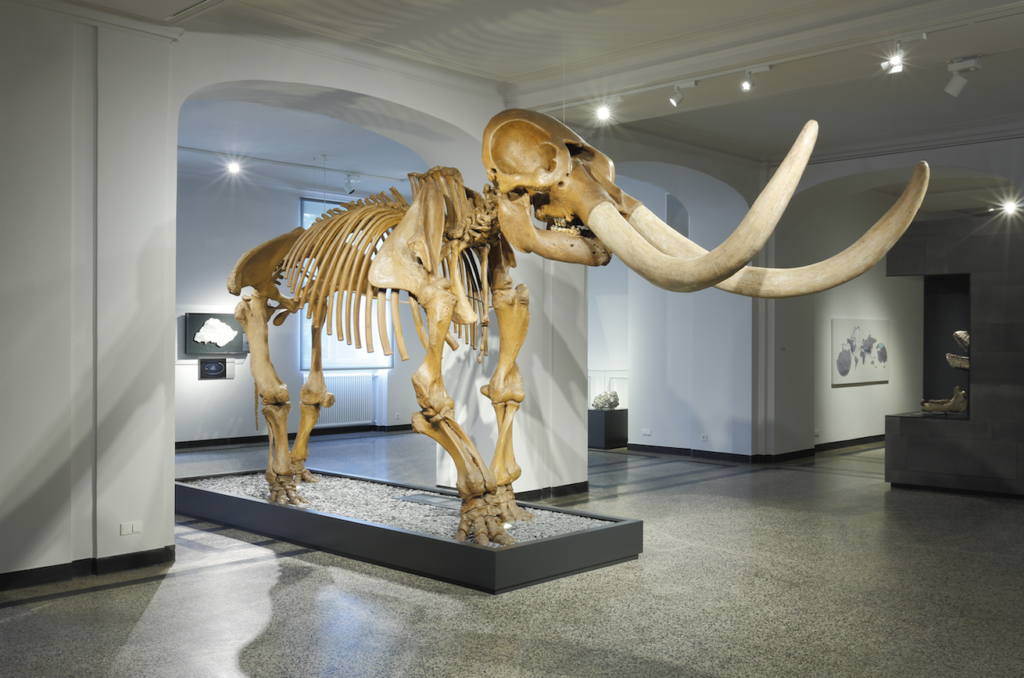
Cat. 26 Skeleton of the Mastodon, excavated 1801–2 by Charles Willson Peale, bone, wood, and papier mâché, approx. 118 × 177 × 65 in., Hessisches Landesmuseum, Darmstadt, Germany, Photo: Wolfgang Fuhrmannek, © Hessisches Landesmuseum Darmstadt. Courtesy of the Smithsonian American Art Museum.
NOTE: Thank you to the Smithsonian American Art Museum for the use of the Illustrations, photographs are solely used for this specific BirdCallsRadio™ & Podcast Article/Post: BCR 201: Eleanor Jones Harvey, Alexander von Humboldt and the United States. Courtesy of the Smithsonian American Art Museum. Photo of Dr. Eleanor Jones Harvey by ©Libby Weiler. Photo of the Humboldt Penguin, eggs in nest courtesy by ©Ximena Velez-Zuazo,PhD, Courtesy CCS/Smithsonian Conservation Biology Institute. Audio Permission and Courtesy by recordist Cristian Pinto; Humboldt Penguin Spheniscus-humboldti. All Rights Reserved. Illustrations and Photographs may not be used in any form without written permission from Smithsonian American Art Museum. Please respect the wishes of all the copyright holders above.
Show Notes:
- Who was Alexander von Humboldt and what training did he have prior to his voyage of discovery?
- The work, “Personal Narrative of Travels to the Equinoctial Regions of the New Continent during the Years 1799–1804”.
- June of 1804, Humboldt met with President Thomas Jefferson in Washington, DC
- The Long and Fremont expeditions, George Catlin and later Prince Maximilian and Bodmer.
- Humboldt published the five-volume work Cosmos between 1845 and 1859.
- Who were William Dunlap, John Trumbull and Samuel F. B. Morse and what did they discover in Thomas Cole?
- Frederick Edwin Church and how did he channel Humboldt and the painting Heart of the Andes?
- Concord Transcendentalists.
- Humboldt and Agassiz were at odds over one fundamental issue based on “scientific racism”.
- Humboldt influence Arnold Guyot’s interest in geology and meteorology.
- Humboldt’s connection to the 1st transatlantic telegraph cable
- Simon Bolivar considered Humboldt “the discoverer of the New World”.
- Humboldt’s influence eventually reached Dr. Harvey and James Smithson in Europe
- “Dusting for fingerprints to find his influence…”
- The list of Lenders to the Exhibition and hence the book is impressive.
- Tell us what is planned for the Humboldt exhibits.
Mentioned in Episode:
Purchase Book Click link here ➨ Alexander von Humboldt and the United States
Smithsonian American Art Museum
BirdCallsRadio additional information:
Support BirdCallsRadio DONATE NOW OR ADVERTISING
BirdCallsRadio ON THE GO! Subscribe directly to Apple Podcasts; Spotify; iHeartRadio Google Play; to our podcast for Mac, PC & Android users emailed to you automatically so you won’t miss any BCR podcasts; and please leave us a rating and review if you would be so kind! We appreciate it!
Subscribe to our FREE E-Newsletter and be part of something greater. Stay up to date on all our episodes and exclusive offers by clicking on BirdCallsRadio and scrolling to the bottom and sign up with your email. All emails are confidential.
